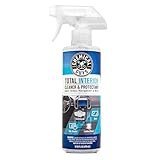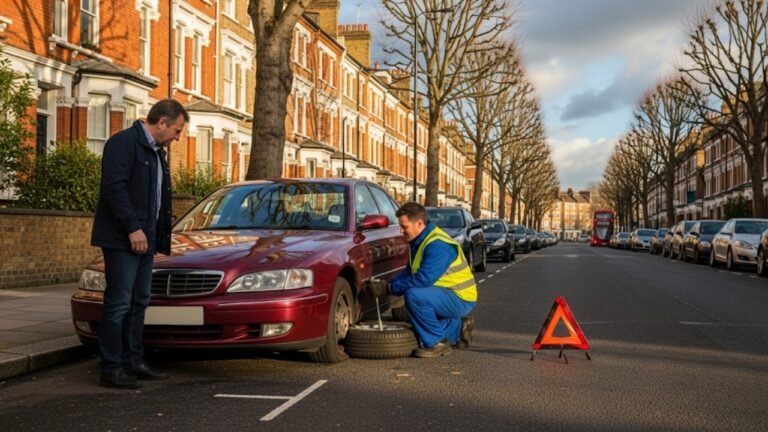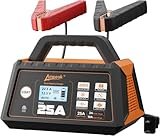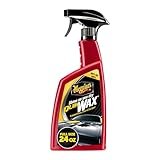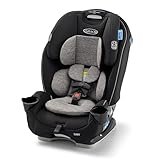70 Percent Window Tint Meaning With Real Life Examples
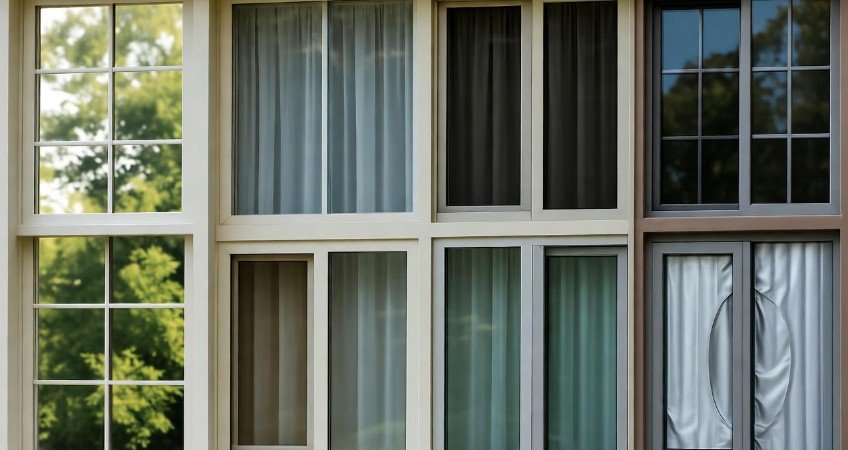
If you’ve ever squinted at your car’s windshield on a bright summer day, you know the struggle of glaring sunlight and heat. This is where 70 percent window tint comes into play. Window tinting isn’t just a cosmetic upgrade; it’s a practical solution that protects you, your passengers, and even your vehicle’s interior. Essentially, window tint involves applying a thin film to your car windows to control the amount of sunlight entering your vehicle. This isn’t magic—it’s science. By selectively allowing light to pass through, you can reduce heat, minimize UV damage, and enjoy a more comfortable ride.
Many people confuse window tint percentages, thinking a higher number always means darker windows. In reality, a 70 percent window tint is relatively light, allowing 70% of sunlight to pass through and blocking only 30%. This balance makes it perfect for drivers who want comfort without sacrificing visibility or legal compliance. Let’s dive deeper into what 70 percent window tint really means and explore its real-world applications.
What Does 70 Percent Window Tint Look Like?
Picture this: a sunny afternoon, the glare bouncing off your car hood, and you’re driving toward the horizon. With 70 percent window tint, the difference is subtle but noticeable. The windows appear slightly darker than standard glass, but not so much that it becomes a challenge to see outside.
From the outside, someone looking into your car can still see the occupants clearly, though there’s a mild shadowing effect. Inside the car, the difference is more tangible—you feel a cooler temperature and reduced glare. One real-life example is a friend of mine who drives in Arizona summers. His 70 percent window tint allowed him to park under the scorching sun without stepping into a car that felt like an oven. The tint wasn’t opaque, but it blocked enough sunlight to make a visible difference.
The beauty of 70 percent window tint is that it balances functionality with subtlety. Unlike darker tints that can make your car look like a mystery on wheels, this percentage keeps your vehicle approachable, stylish, and within legal limits in most states.
Legal Considerations: Is 70 Percent Tint Allowed?
Before rushing to install a 70 percent window tint, it’s important to understand the legal landscape. In most U.S. states, this level of tinting is legal on the front, side, and rear windows. However, there are exceptions. For instance, states like New Jersey, New Hampshire, and Vermont have stricter rules that may prohibit such tints on the front windows.
It’s always wise to check with your local DMV before applying any tinting. The last thing you want is to invest time and money into a 70 percent window tint, only to find out it violates state laws. Real-life examples abound—one car owner in New Jersey installed 70% tints on his front windows, only to receive a warning ticket. The experience cost him additional time and money to replace the film with a legal alternative.
So, the takeaway is simple: while 70 percent window tint is generally safe, legal compliance varies. Knowing your local laws ensures that your investment protects both your car and your wallet.
Benefits of 70 Percent Window Tint
A 70 percent window tint isn’t just about aesthetics—it brings a slew of practical benefits that impact your daily driving experience:
-
Heat reduction: By blocking 30% of sunlight, the interior of your vehicle stays cooler, even on sweltering days. This is particularly noticeable in cars without sunroofs.
-
UV protection: Harmful UV rays can damage skin and fade car interiors. A 70% tint offers a first line of defense.
-
Glare reduction: Driving into the sunset becomes more manageable as sunlight reflection is softened.
-
Privacy: While it isn’t a full blackout, the tint gives a subtle layer of privacy, enough to keep prying eyes slightly at bay.
Consider a commuter in Texas who drives two hours daily. With a 70 percent window tint, he noticed significantly less strain on his eyes and less heat on his legs during summer. The tint didn’t make his car feel dark or claustrophobic but still delivered meaningful comfort.
Many drivers also report that lighter tints like 70% maintain the clarity needed for night driving while still offering protection during the day—a crucial balance that darker tints sometimes sacrifice.
Comparing 70 Percent Tint with 50 Percent Tint
It’s common for car owners to wonder: how does 70 percent window tint compare to a 50% tint? The main difference lies in light transmission. A 50% tint blocks 50% of sunlight, making the windows appear darker and offering more privacy. However, darker tinting can reduce visibility, especially at night, and may attract legal scrutiny in some states.
For example, one of my neighbors upgraded his SUV to a 50% tint on a sunny California day. While the vehicle’s interior felt cooler, he noticed it became harder to see pedestrians at night. On the other hand, a 70 percent window tint strikes a middle ground—it’s lighter, offers reasonable heat and glare reduction, and maintains visibility.
This example illustrates why the choice between 50% and 70% depends not just on aesthetics, but also on your driving conditions, climate, and safety priorities.
Visibility at Night with 70 Percent Tint
Many drivers worry that any window tint could impede night driving. The good news is that 70 percent window tint allows enough light to pass through for safe nighttime visibility. Unlike darker films that may reduce clarity, this level keeps the road and surroundings relatively clear.
A friend who often drives long distances at night in a rural area noticed that his 70 percent window tint didn’t compromise his ability to spot animals or road signs. The tint subtly cut down glare from oncoming headlights but didn’t create a “tunnel vision” effect, which can happen with darker tints.
So, if you’re worried about night driving, a 70 percent window tint provides an optimal balance: daytime protection without compromising nighttime safety.
Real-Life Examples of 70 Percent Window Tint
The impact of a 70 percent window tint is easier to understand with real-life scenarios. Imagine a family living in Florida, where the summer sun can be relentless. They installed 70% tint on their minivan. The results were noticeable immediately: the interior stayed cooler during long drives, the dashboard and leather seats suffered less sun damage, and their children were more comfortable without the harsh glare affecting their eyes.
Another example comes from a city commuter in Los Angeles. Parking on busy streets exposes vehicles to long hours of sunlight. With a 70 percent window tint, the commuter found that the car stayed cooler without needing to blast the air conditioner, which saved on fuel and reduced wear on the AC system. The tint also offered subtle privacy, so the interior contents weren’t clearly visible to passersby. These everyday examples demonstrate how 70 percent window tint provides practical benefits without compromising visibility or comfort.
Heat and UV Protection Explained
One of the key advantages of 70 percent window tint is its ability to block a portion of heat and UV rays. While it allows 70% of light to pass, the 30% it blocks includes a significant portion of harmful infrared rays that heat up the interior. This makes long drives during summer far more comfortable.
UV protection is another major benefit. Extended exposure to UV rays can fade upholstery, damage dashboards, and even increase the risk of skin problems. Many high-quality 70 percent window tints offer additional UV-blocking properties, making them a practical choice for drivers who want to protect both their car and their skin. For instance, drivers in sunny states like Arizona and Nevada often report less fading on their dashboards and seats after installing 70% tints, highlighting its protective benefits over time.
Cost Considerations: How Much is 70 Percent Tint?
The price of a 70 percent window tint can vary based on factors like vehicle size, type of film, and location. For a standard passenger vehicle, costs typically range between $100 and $400. Higher-end films that provide enhanced UV and heat-blocking features can push the price toward the upper end.
A real-life example is a sedan owner in Texas who opted for a premium 70% tint. The initial cost was $350, but he noticed that the vehicle stayed cooler in the sun, reducing AC usage and slightly improving fuel efficiency. While upfront costs might feel steep, the long-term comfort, privacy, and protection benefits often outweigh the expense, making 70 percent window tint a worthwhile investment for many car owners.
70 Percent Window Tint vs. No Tint
The difference between a vehicle with no tint and one with 70 percent window tint is more than aesthetic.
-
Light Transmission: Windows with no tint allow 100% of sunlight in, while 70% tint blocks 30%.
-
Heat Reduction: No tint lets heat pour into the cabin, making the car uncomfortable in sunny weather.
-
UV Protection: Untinted windows leave skin and interiors exposed to damaging rays.
-
Glare Reduction: A 70% tint softens harsh sunlight, reducing eye strain during long drives.
-
Privacy: Without tint, prying eyes can see every detail inside your car.
Consider a weekend road trip with friends in California. Cars with 70 percent window tint stayed noticeably cooler, passengers experienced less glare, and the interiors didn’t heat up as rapidly. The difference was tangible, highlighting why even a relatively light tint can improve driving comfort significantly.
Practical Table: Light Transmission Comparison
| Tint Percentage | Light Allowed In | Glare Reduction | Privacy Level | Night Visibility | Ideal Use |
|---|---|---|---|---|---|
| 0% (No Tint) | 100% | None | None | Excellent | Standard daily driving |
| 50% | 50% | Moderate | High | Reduced | Sun-heavy regions, more privacy |
| 70% | 70% | Low-Moderate | Moderate | Excellent | Balanced comfort, legal-friendly |
This table shows how 70 percent window tint balances comfort, visibility, and privacy, making it ideal for drivers who want a practical yet effective solution.
FAQs About 70 Percent Window Tint
1. Can I see through 70% tint clearly?
Yes, 70 percent window tint allows most light to pass, so visibility remains strong during the day and at night, unlike darker tints that can obscure vision.
2. Is 70% tint legal in all states?
Not in all states. While generally legal on most windows, states like New Jersey, New Hampshire, and Vermont may restrict front window tinting at this level. Always check your local laws.
3. Will 70% tint reduce heat enough?
Yes, it blocks a significant portion of sunlight, including infrared heat, helping keep your car cooler, though darker tints block more heat.
4. Does 70% tint protect against UV rays?
Many high-quality films provide substantial UV protection, reducing skin risks and fading of car interiors.
5. How long does a 70% tint last?
With proper care, it can last 5–10 years without bubbling or fading, depending on the film quality.
6. Is 70% tint noticeable from outside?
It is slightly visible but not very dark. Passersby can see inside but with reduced clarity, offering modest privacy.
7. Can I drive safely at night with 70% tint?
Yes, visibility remains excellent at night, and glare from oncoming vehicles is slightly reduced.
8. How does 70% tint affect resale value?
A legally applied 70 percent window tint often enhances resale value by protecting the interior from sun damage and making the car more comfortable for buyers.
Is 70 Percent Window Tint Worth It?
The answer depends on your priorities. If you value balanced comfort, subtle privacy, and legal compliance, 70% tint is often the ideal choice. It’s not as dark as a 50% or 35% tint, so visibility is maintained, especially at night. At the same time, it reduces heat, glare, and UV exposure, making daily drives more enjoyable.
Consider this scenario: a commuter drives through downtown traffic and parks under the blazing sun daily. The 70 percent window tint keeps the cabin cooler, prevents dashboard fading, and reduces eye strain from glare—all while staying within legal limits in most states. For many drivers, these benefits outweigh the initial cost, making the investment worthwhile.
Conclusion
A 70 percent window tint allows 70% of sunlight to pass through, blocking the remaining 30%. This light level provides a perfect balance of comfort, visibility, and modest privacy. It’s generally legal on most vehicle windows across the United States, with exceptions in a few states like New Jersey, New Hampshire, and Vermont.
From real-life examples to practical benefits like heat reduction, glare control, UV protection, and cost efficiency, 70 percent window tint proves to be a versatile choice. Whether you’re a city commuter, a long-distance traveler, or a family driver, this tint level enhances comfort and safety without darkening your car excessively.
Investing in a 70 percent window tint is not just about aesthetics—it’s about creating a more enjoyable and protected driving experience, every day.

